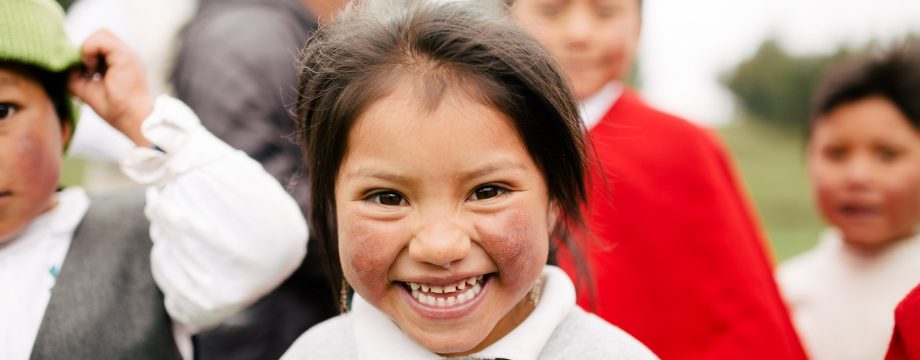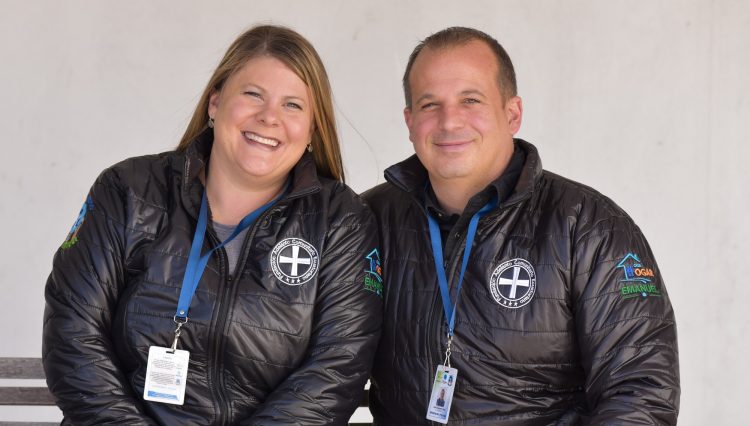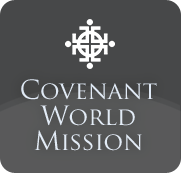Chapter 8 of When Helping Hurts is a great chapter with a lot of practical information, a lot of which, Joel and I did not know. This chapter discusses this fact:
“For the first time in U.S. history, more poor people live in suburbs than cities. Hence, many suburban churches now find themselves on the front lines of America’s war on poverty without even realizing it.”
This really was news to us. We knew that the number of those living under the poverty level was increasing in the suburbs, but we didn’t know it was MORE than in cities! That’s astonishing. The main reasons stated in the book are that there is greater availability of cheaper housing and low-skill jobs than in urban centers (page 184). I guess one challenge to me when I read this was that this is the area from which we moved from to Ecuador. If we were still living in the suburbs, what would I do with this information?
Another area of this chapter that was quite eye-opening for us was our idea of wealth accumulation. We have been taught to save, live for the future, invest, etc…these ideas have also been encouraged through public policy, however, it has often discouraged it among the poor populations. Middle-to-upper class people are encouraged to accumulate wealth through retirement savings, mortgage-interest tax deductions among other things, but at the same time, poor people have been forced to deplete their assets before qualifying for welfare assistance and have been penalized with the loss of benefits if they somehow do manage to save and invest too much! (page 188).
There are many other examples that show an inequality among the poor: education, healthcare, and housing just name a few. I feel that it needs to be said that because of our history as a country, the playing field is not level, even though we would maybe like to think so. I (Kim) was guilty of this type of thought before I saw first hand what others outside my middle-class bubble experience. It is VERY different and I feel this is a good reminder.
The good news from this chapter is that there is something the church as well as individuals in the church can do! Some suggestions from the book:
1.) Use development rather than relief, because the vast majority of the poor are able to participate in improvement in their lives.
2.) Use an asset-based approach that builds upon the skills, intelligence, etc of the people.
3.) Use church-based mentoring teams that can offer love, support, and encouragement.
4.) Improve some aspect of the economic system or enable poor people to use the existing system more effectively
These are just to name a few.
Additionally, individuals as well as churches can be creative in how to help those poor in their community. For example, one community in Memphis, TN started a Jobs Preparedness ministry that helps poor people find and keep jobs. Another ministry is Financial Education ministries that educates the poor regarding stewardship, budgeting, goal setting, saving, debt reduction etc. Finally, Wealth Accumulation Ministries. For example, IDA programs rewards the monthly savings of working-poor families by providing 2 to 1 savings match.
Again, this was a great chapter with some valuable information for suburban churches. As always, we really encourage you to read this book.
Blessings for a great week!





 The Santiago Partnership
The Santiago Partnership